An estimated eight-to-twelve million tons of plastic waste enters our oceans every year; if this trend continues, experts say that by the year 2050, there could be more plastic in the sea than there are fish. More than 800 marine species have been affected by the contamination of their ecosystems, and huge numbers of them have died painfully from ingesting or getting tangled in plastics.
Fortunately, brands around the world are taking action and implementing more sustainable practices. In 2018, for instance, Starbucks announced plans to phase out plastic straws in 28,000 stores worldwide by 2020. That same year, Alaska Airlines swapped single-use plastic straws with marine-friendly alternatives.
IKEA hopes to become a circular business by 2030, committing to making its products reusable, refurbishable, or recyclable. The furniture company has also banned single-use straws from their stores in the UK and Ireland.
Zara’s parent company Inditex plans to produce its collections with 100% organic, sustainable, or recycled fabrics by 2025. Lego has released bricks made using plant-based materials, and they plan to make their products entirely sustainable by 2030.
Nespresso has also taken steps in the right direction; their coffee capsules can be processed at the company’s recycling factory, and the company has incentivized consumers to return them by offering free return bags and accepting drop-offs at thousands of collection points.
And notably, the sportswear giant Adidas has committed to using only eco-friendly elements by 2024; this year, the company aims to use 50% recycled polyester in their products, with their Parley-branded shoes being manufactured from ocean plastic.
These changes in business coincide with a significant shift in visual marketing. At the start of this year, Getty Images named “sustainability” as one of the forces reshaping and defining visual culture today.
Sustainability in photography is broad; it ranges from vast landscapes and wildlife images showcasing our planet’s diversity to images that highlight climate activism, climate change, and ocean pollution. As 500px Sr. Art Director Karen Biilmann reported last year, these kinds of photos are dominating Licensing trends and empowering brands to take a stand.
Sustainable photography can also include relatable lifestyle images that incorporate recyclable and reusable items. While not everyone can travel the world to report on the far-reaching effects of climate change and ocean pollution, we can all contribute to a better future. For commercial photographers, that can be as simple as highlighting and celebrating the small, everyday choices we can make for future generations.
Getty Images defines single-use plastic, takeaway coffee cups, and plastic straws as the “three evils” facing today’s consumers and brands. Commercial image-buyers are leaving behind outdated pictures of plastics and searching for photos of metal straws and reusable mugs and water bottles.
In 2018, the same year big brands like Starbucks and McDonalds announced plans to move away from plastic straws, Getty Images saw a whopping 3,300% increase in searches for “reusable straw”—plus a 1,437% increase in searches for “reusable bag/coffee cup.”
These sustainable props and details appear in some of the highest-selling stock photography on the market, and increasingly, images of reusable bamboo or wooden toothbrushes, shopping bags, and coffee pods are catching the attention of buyers.
Incorporating environmentally friendly props—and doing away with the evils of plastic—can send a positive, forward-thinking message and boost the commercial appeal of your photography at the same time.
Brands like HydroFlask, Ecoffee, JOCO, and KeepCup are changing the way we consume everything from water to coffee, appearing on the social media feeds of mega-influencers and, in turn, influencing the way leading brands promote a sustainable ethos.
When shooting for commercial stock photography, it’s important to keep your images generic, since you can’t incorporate any trademarked details. Any logos or elements that give away the brand behind the bottle or mug must be avoided if you want to license your work for commercial use.
Beyond that, you can use these products and props anywhere and everywhere. Maybe you add a reusable water bottle while photographing a friend working out, or you bring your mug with you while grabbing coffee (and some shots) on your commute to work. Perhaps you bring a fabric tote to do your grocery shopping. These are all valuable concepts to add to any Licensing portfolio.
For the public, “sustainability” is far more than just a buzzword or a trend; it’s a movement that’s fundamentally transforming the way we live. A 2018 Nielson survey revealed that 75% of Millennials are definitely or probably changing their habits to reduce their environmental impact, and 83% said it was extremely or very important for them that companies implement programs to improve the environment.
As buyers continue to put their money where their values are, the sustainability movement has influenced the commercial sphere in significant and measurable ways. According to research out of NYU Stern’s Center for Sustainable Business, sustainability-marketed products accounted for 50% of growth in consumer packaged goods (CPG) between 2013 and 2018, despite only making up 16.6% of the market, and they grew more than 5.6 times faster than products that were not marketed as sustainable.
The zero-waste lifestyle is on the rise too, with more stores offering package-free options. In 2019, the hashtag #zerowaste doubled over the span of just nine months on Instagram. Zero-waste supermarkets have cropped up in cities around the world, from Brooklyn to Bali.
The straw might have been the first to go, but now, we’re battling plastic and waste on multiple fronts. The delivery service Loop, first launched in 2019, offers major brand name products in reusable (and returnable) containers. This year, they’ll enter retail stores.
It’s easier than ever to shop sustainably, and it’s also easy to shoot sustainable commercial content. As our daily lives continue to pivot towards sustainability, commercial lifestyle photography will follow suit.
It’s time to say goodbye to wasteful products and embrace eco-friendly choices, from where we shop to the products we photograph. Photos of sustainable lifestyles tap into our collective aspiration to do better, while reminding us of how accessible change can be. “Sustainable props should become a ‘best practice’ in commercial photography,” the 500px Content Team tells us.
Not on 500px yet? Sign up here to explore more impactful photography.

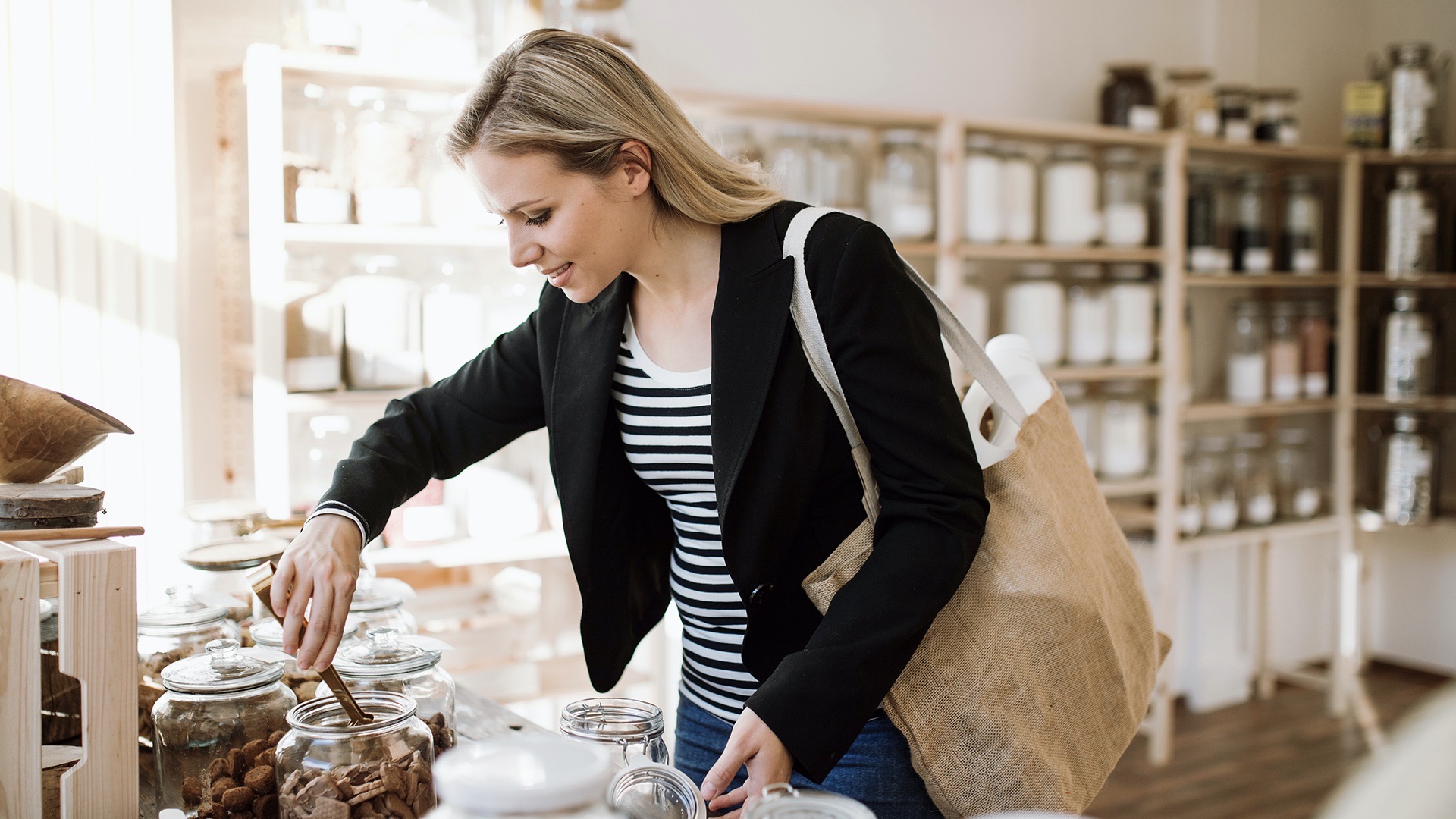
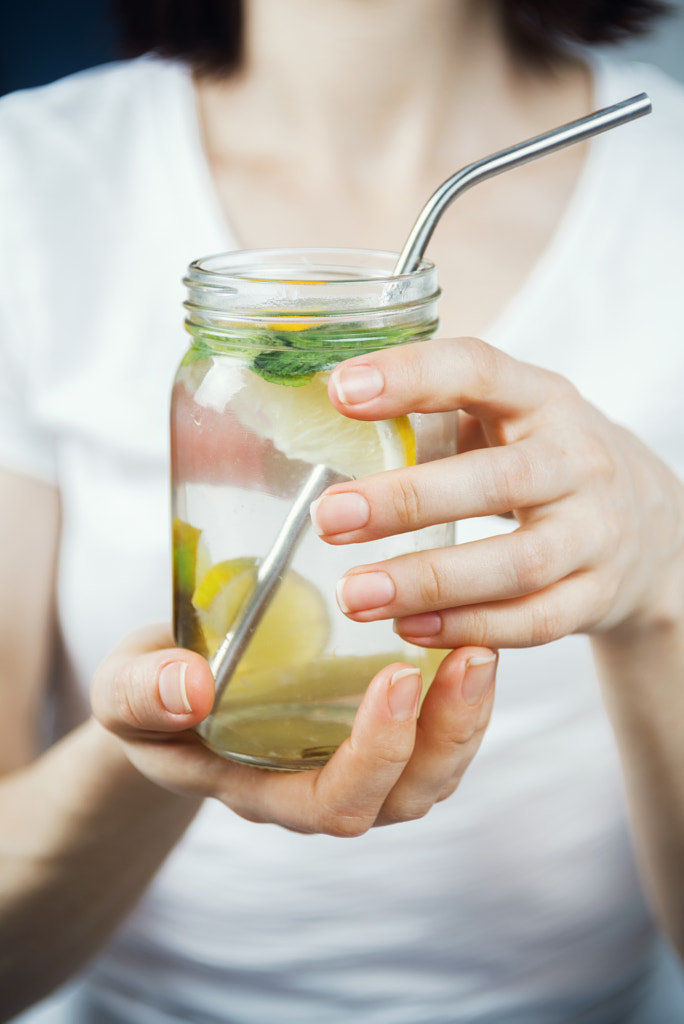

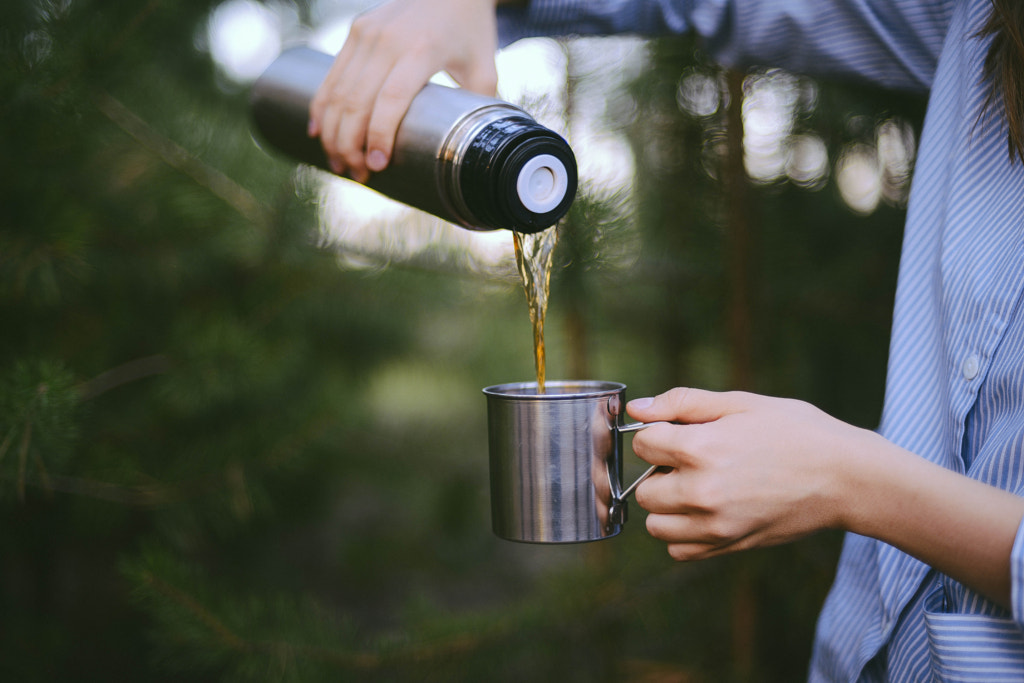
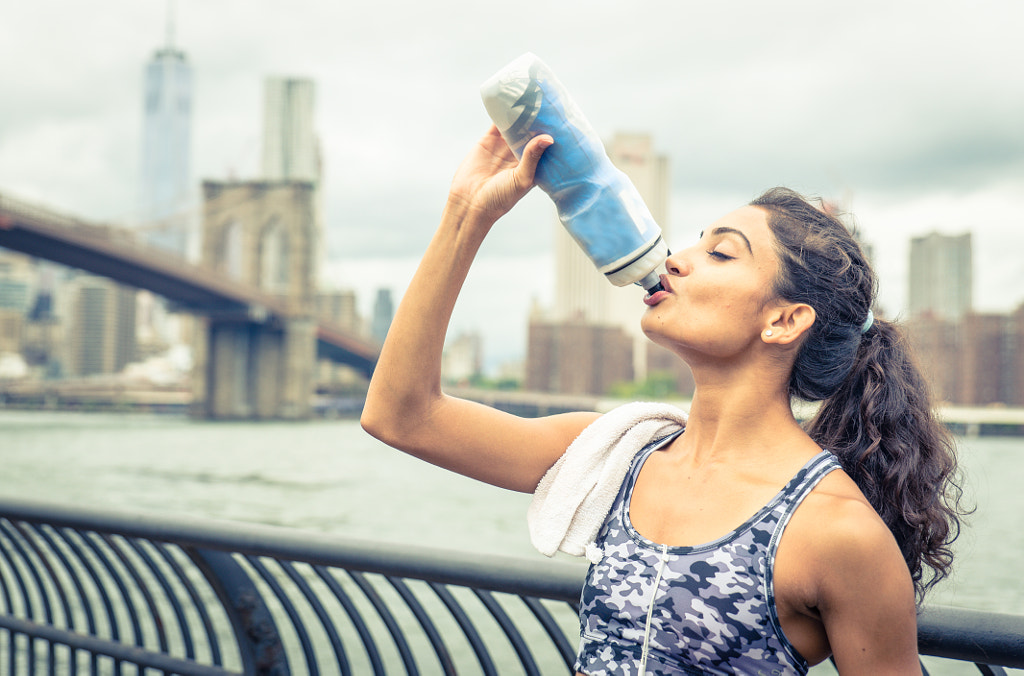


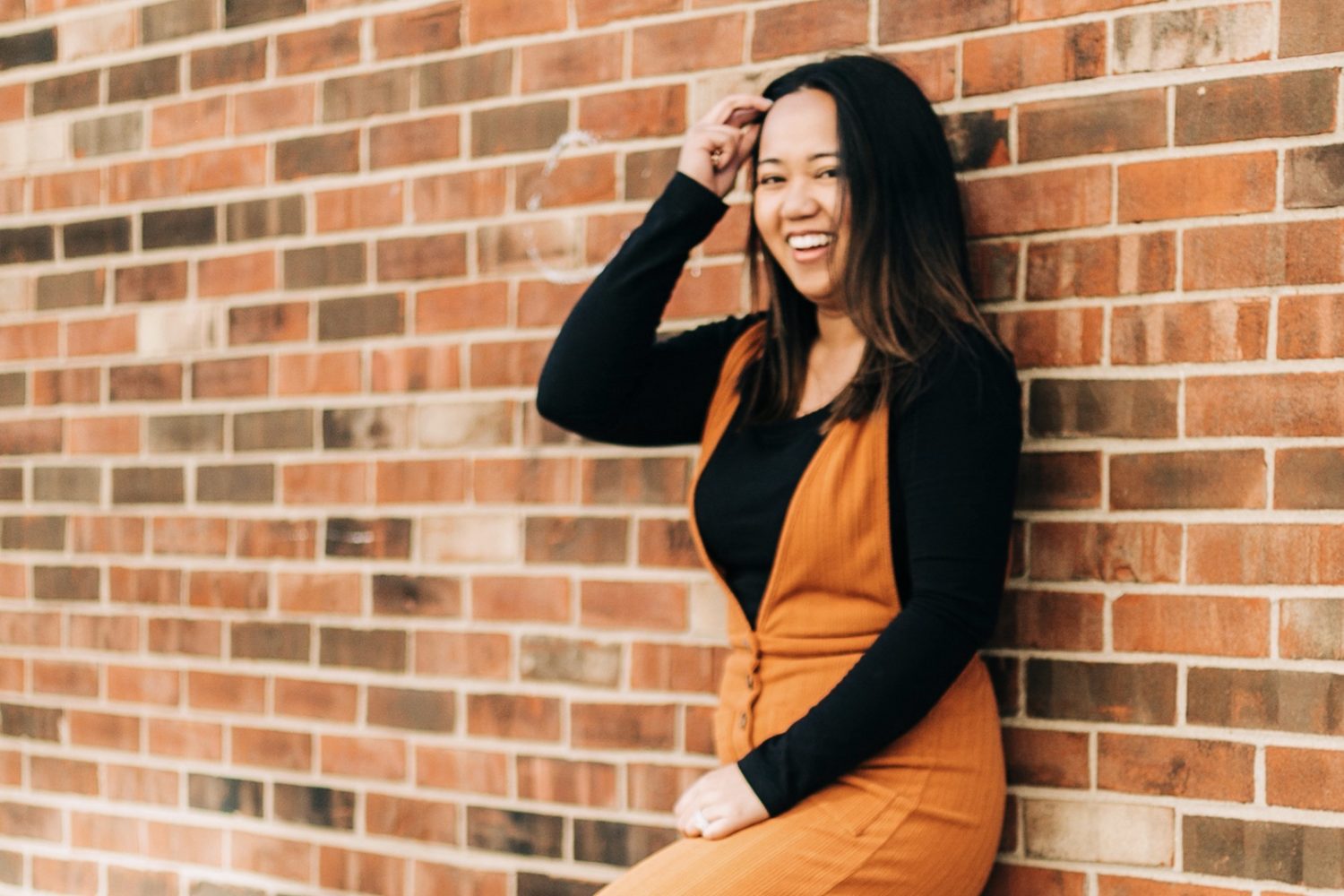

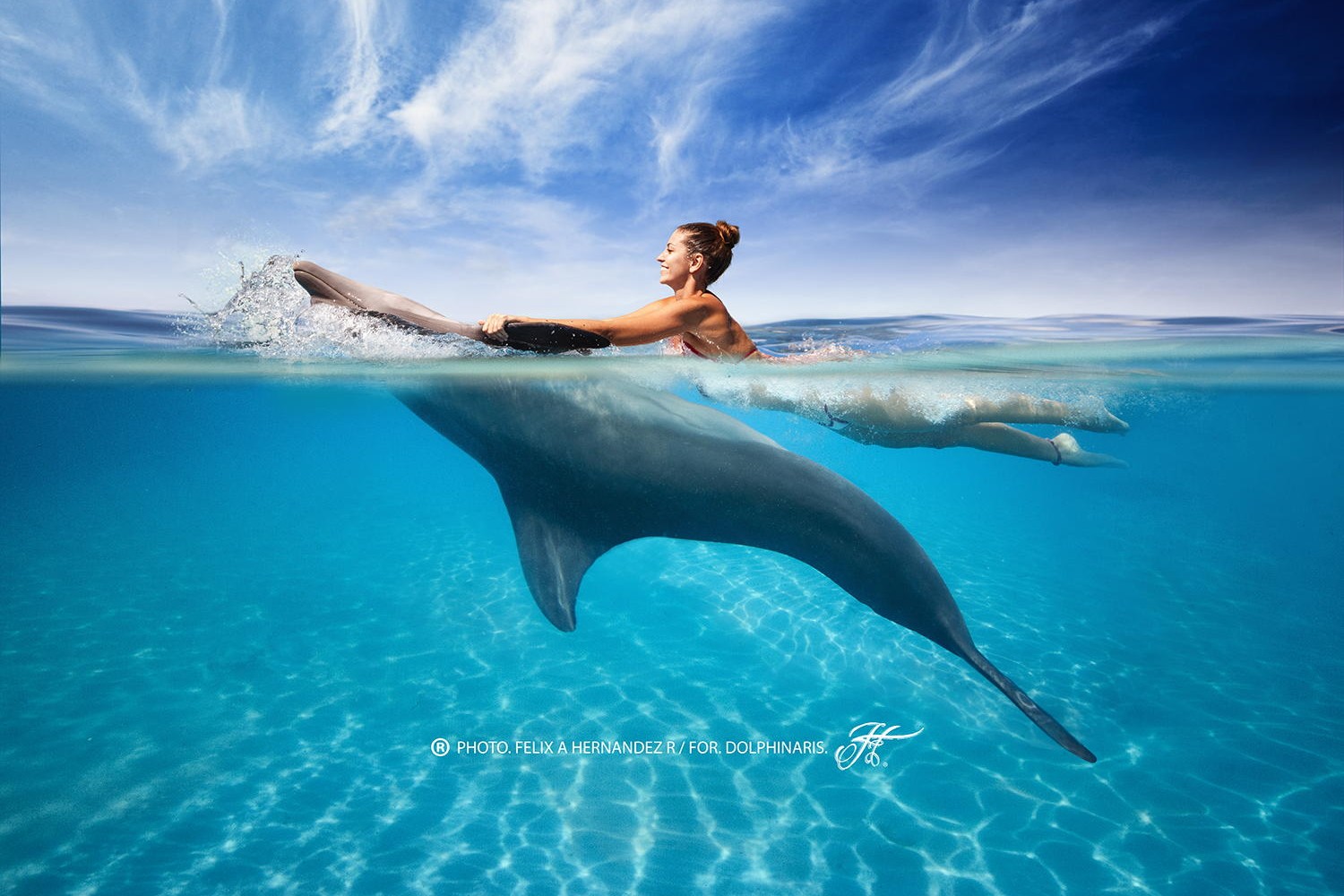

Leave a reply